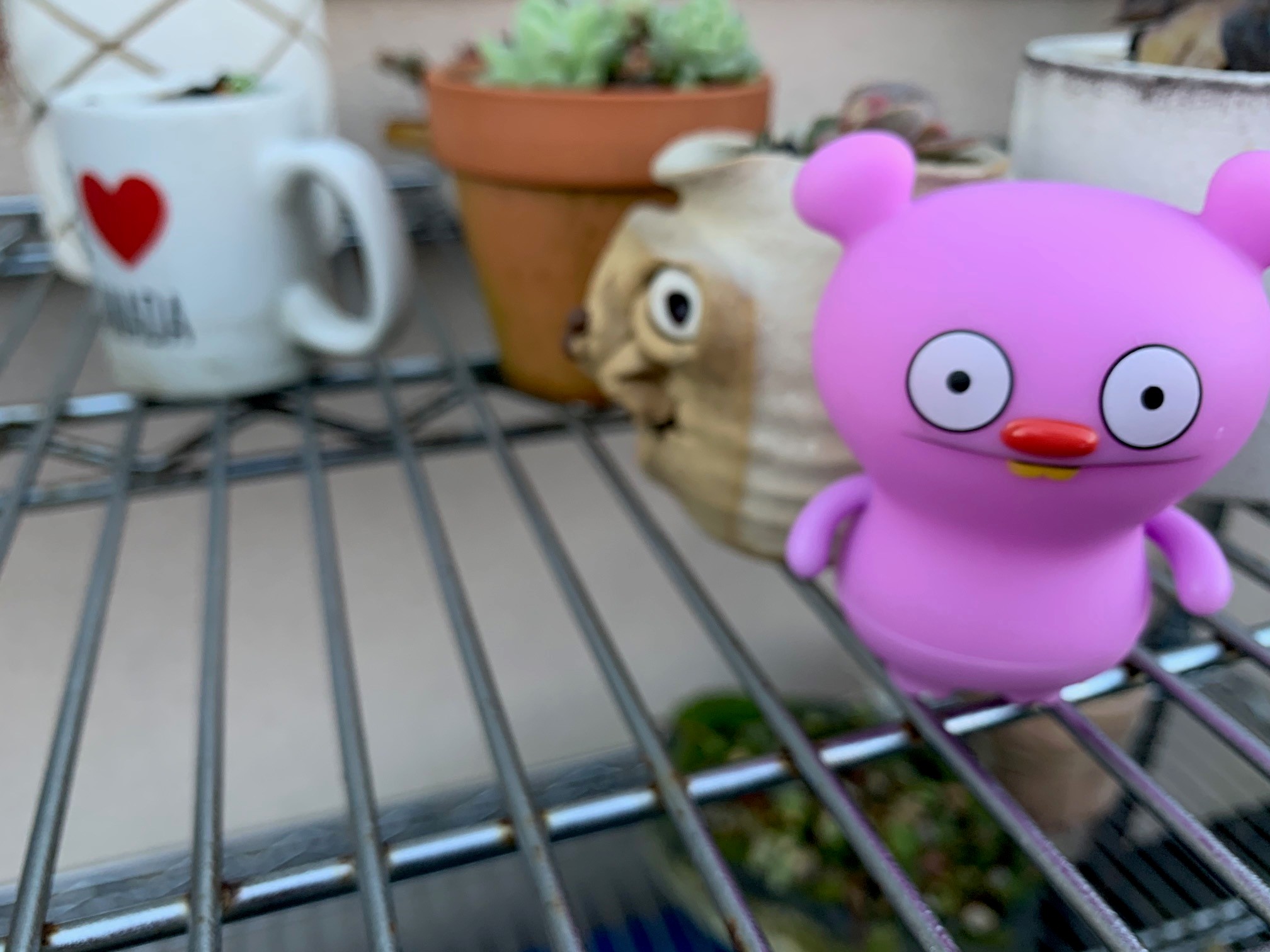3 min read
The Best Laid Plans....
Written by: Taylor Hagin, Solution Specialist, TimeXtender - November 18, 2020

"For tomorrow belongs to the people who prepare for it today." - African Proverb
Begin with the end in mind
Planning to live abroad for a year during COVID-19 can take considerable time, and I have been planning for nearly eight months. The plan itself is not the issue, but rather the dynamic nature of the travel conditions due to the pandemic. It has been a discouraging process to create a tentative itinerary, only to find that changing visa and entrance requirements have foiled that plan, and now it is time to pivot to another option.
My partner and I use a number of web resources to determine which locations we can easily travel to given our different nationalities (as it relates to visas and passports), tell us cost of living, rates of internet speed and reliability, as well as travel (health) advisories - among other things. Since this isn't our first time traveling and working abroad, we aren't coming into this without some understanding of the difficulties often faced and how to mitigate the unforeseen. We’ve created a list of about 15 countries and ranked them based on our own personal preferences and our "hard" requirements. From this list, we have determined where we'll start our journey together and our next couple destinations thereafter.
“Plans are of little importance, but planning is essential.” ― Winston Churchill
Getting on the same page
To back up a bit further, the story really begins with my accepting a position at TimeXtender. When I was interviewing, I had already planned to move from the US to Canada with my wife. This is an unusual thing to bring up in an interview, but it was important that I was upfront about my near-term goals to make sure everything was a good fit. We discussed the potential complications and resulting workarounds for each scenario and I was lucky to be hired for my intended role with the acceptance of my plans to move.
With this level of flexibility agreed upon with my manager, we created a framework of expectations and goals that would serve as the metrics I would be managed by. This clear communication of expectations is a must, as the old ways of managing would not work when separated by time and space. Some logistics of my unique situation needed to be addressed, such as set working hours that would require me to work in Pacific Standard Time (PST). This meant that I would begin working, local time, in the late evening and finish in the morning, sleep through the afternoon and then do it all over again. Since I had done this before, I knew that after a short adjustment period (and a few groggy days in the beginning), this could work out just fine. Another question arose about the need to return to the US for workshops and customer visits, which we agreed would be flexible and communicated on a case-by-case basis.
Finally, knowing that we had aligned expectations and understood how both sides could offer maximum flexibility, everything else would come down to trust. In traditional office management, employees are often judged by things like the time they arrive and depart the office, how engaged they seem while at work, and other proxies for productivity. As COVID-19 has forced us, collectively, to pivot to a largely work-from-home (WFH) style, trust and communication are elevated to a new zenith of importance. And with this crucial trust and communication in-place, we will be able to work through a changing situation together to make sure that expectations are met, and everyone is happy.
“Give me six hours to chop down a tree and I will spend the first four sharpening the axe.” ― Abraham Lincoln
The right ingredients
Working in technology and thinking creatively about how to fit my office into my suitcase isn't really about packing. Rather, it is about the equipment that allows me to productive in addition to thinking creatively about how to do this. I ended up buying several small pieces of camping furniture for my standing desk, a mini projector to use as a dual monitor, and some other items that will allow me to require almost nothing extra upon arrival at each new location. To make sure I have enough power, I have a couple large power banks - enough to keep my laptop running for a day and a half - and back up cables. Small battery-powered lights can be invaluable when the power goes out in the middle of the night and the building's generator won't start (true story), so I have a few of those, as well. Spending the hours to research and plan how to get a viable office setup in a suitcase, and have it weigh less than 15 kg was no small feat, but well worth it. I will continue to "sharpen the axe" as I go, determining which kinds of equipment are worth their weight over the next year. Stay tuned!

